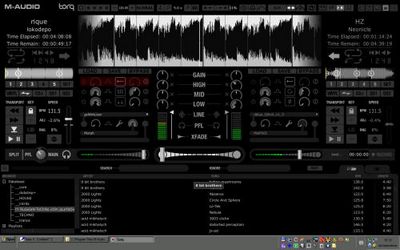


They then used the bills to cut the top and the leaves off the cane. Men and women of the First Gang had to constantly bend over and hack through the thick sugar cane about six inches from the ground.

The men and women of the First and Second Gangs used ‘bills’ (billhooks), very sharp curved knives. Sugar cane plants were often much taller than a man when it came time to harvest them in February or March. Some white masters gave rewards to the enslaved people who caught and killed the most rats. Throughout the year the older people and children in the Third Gang constantly weeded sugar cane fields, and they also set traps and hunted the thousands of rats who enjoyed feeding on young sugar cane plants. In the Caribbean weeds grow quickly, and if left alone they will quickly strange and destroy other plants and crops. One acre of sugar cane plants might require as much as 1.25 tonnes of manure. One large basket of dung, containing as much as 80 pounds of manure, was sufficient for two holes (four sugar cane plants). This was both hard and disgusting work, and was hated by the slaves. Two young sugar cane plants were then planted in each hole, and First and Second Gang slaves then carried huge baskets of animal manure on their heads to the squares, placing sufficient manure around each plant. The soil taken out was built up as a bank around each square. A First Gang slave was expected to dig out between 60 and 100 squares each day, which involved moving as much as 1,500 cubic feet of soil. They used only hoes, not spades, making this work even harder. First Gang slaves marked out squares of between 4 and 6 feet square, then dug out each square to a depth of 6 to 9 inches. Courtesy of the John Carter Brown Library at Brown University.Ĭane-holing was back-breaking work. William Clark, ‘Planting Sugar Cane,’ Ten Views in the Island of Antigua… (London, 1823). Then in the late-summer and early-autumn the First Gang would plant the sugar cane, often using the cane-holing process. In the early summer the First and Second Gangs prepared the fields for planting, turning over the soil with hoes.
#Minecraft Ru M.Org Download drivers#
Overseers and drivers had whips, and they used them to force enslaved people to work harder. White owners and overseers watched over all of these processes, and enslaved ‘drivers’ also organised work. After perhaps twenty years in the Second Gang, a person now about 40 years old would appear old and worn out, and would join other old people and young children in the Third Gang (the ‘Grass Gang’), which weeded the crops, and gathered weeds and grass as feed for animals. Young men and women joined the First Gang in their late teens, once they were strong enough, but within ten or twelve years the hard work had wrecked their bodies and they were relegated to the Second Gang, which worked hard but not as hard as the First Gang. Therefore we cannot take these pictures at face value, and must always remember how terribly hard this work was. But we must remember that the artist who created these pictures wanted to make the system look good: they were defending slavery, trying to show people back in Britain that it wasn’t too bad. There are picture from this period, showing sugar agriculture and production. The sugar plantation was both a farm and a factory, and enslaved men, women and children worked long days all year round. They sowed, tended and harvested the crop, and then worked to extract the juice from the sugar cane and boil and process the juice in order to turn it into sugar and molasses, and later they might work to distil some of the waste products into rum. But on Caribbean and American plantations enslaved labourers had to do everything. Europeans were used to growing crops such as wheat, which they then harvested and sent to other people who would turn the crop into flour. Hundreds of thousands of enslaved men, women and children were brought from Africa to the Caribbean and America so that Europeans could have sugar and rum, the main products of sugar cane. Sugar agriculture was very profitable and it quickly spread throughout the Caribbean and to Louisiana and Mississippi in North America. English planters first began growing sugarcane in Barbados in the 1640s, using a mixture of convicts and prisoners from the British Isles and enslaved people from Africa.


 0 kommentar(er)
0 kommentar(er)
